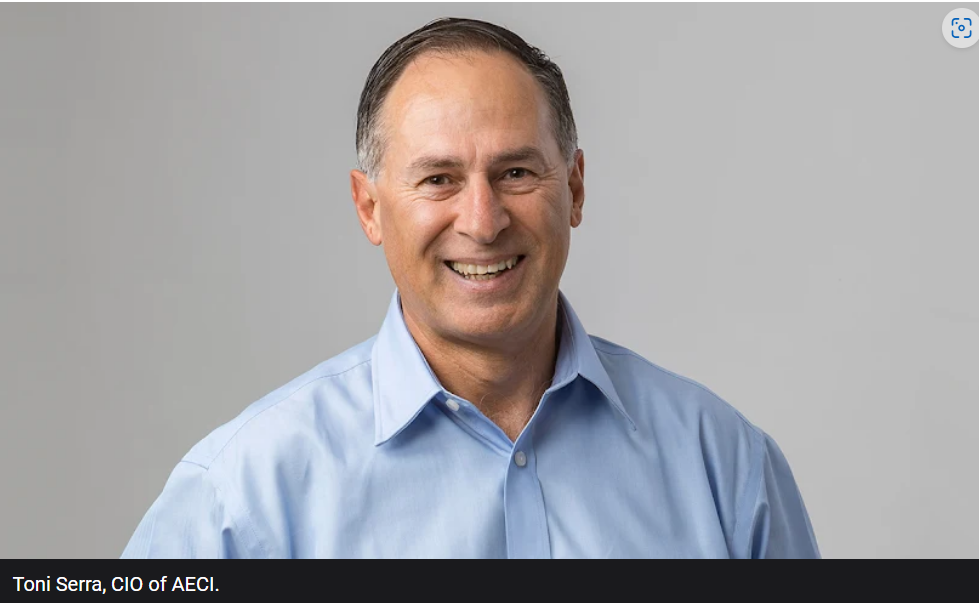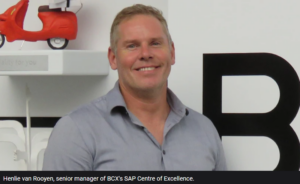
AECI was founded in 1924 and listed on the Johannesburg Stock Exchange in 1966. Today it has operations across Africa, Europe, Southeast Asia, North America, South America, and Australia, serving several vertical markets including chemicals, agri-health, water, and mining.

AECI used to be a conglomerate of multiple businesses that operated with a high degree of independence, and each had their own IT and HR departments.
This model worked up to a point, but it was soon apparent that the model had to change said Serra, if the company was to transform its HCM as well as consolidate and simplify its IT strategy.
In 2015, management decided to begin with the implementation of a global enterprise-strength human capital management solution.
The company sought to partner with a service provider that could align with AECI and supply the right technology.
In 2018 AECI decided on the SAP SuccessFactors Employee Central Payroll (ECP) solution, before moving to the BCX Partner Managed Cloud in 2020.
The project was extensive and complex because AECI was running several disparate systems between various businesses and silos, according to Serra.
Van Rooyen said that SAP ECP implementations are in project mode in South Africa, which added to the challenges.
“Including AECI, there are only four South African ECP implementations live. Due to the confidential and complex nature of any payroll for a larger company, ensuring the transition from on-premise to the cloud happens seamlessly, delivery partners must ensure that parallel runs achieve the same numerical results for all employees prior to activating the cloud payroll as the main solution. ECP is built on the robust SAP Payroll code engine and supplemented with cloud qualities such as quick configuration, intuitive UI, simplification due to configuration-based on best practice. The resilience is the same as the SAP on-premise solution.”
Tailored solution
For the next few years AECI spent time tailoring the solution, securing buy-in from across the business, and investing in the on-board process.
Van Rooyen said the original plan was to do a ‘lift and shift’ of the on-premise payroll for AECI, and move that into the cloud. But the plan had to be revised to a clean install to ensure that technology is future-proofed for AECI.
“During the initial discovery phase of the project – and due to the similarity of the payroll engine between on-premise and the cloud solution, one consideration was to ‘lift and shift’ the on-premise payroll into the cloud, which is possible with ECP. After detailed investigation and consideration, the decision was taken to do a ‘clean install’ in ECP which allowed AECI not only the latest functionality, but a future-proof solution for years to come. Any system used over a long period of time requires a refresh of the system use and config from time to time to ensure optimal utilisation and this was the main reason for considering a clean install over a lift and shift.”
Today AECI has been fully on-boarded.
“It’s been massively successful in that the repository of data available to us to start making decisions now, is enormous,” Serra added.
“We must now drive real value out of what we’ve got. For example, we can optimise the wage bill, link the solution now to our MRP [material requirements planning] way, to our resourcing in the factory, link it to time and attendance, and to areas where we drive proper rands and cents value…then it becomes the way you go to work.”
This article first appeared on ITWeb.
